Login
Subscribemicrobiology
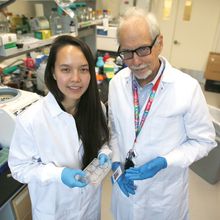
Self Sufficient Cells?
Katherine Irving | Jun 1, 2023 | 4 min read
Animal cells cannot produce 9 of the 20 amino acids they need to function. Some researchers are looking to change that.
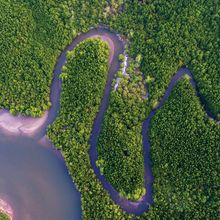
Garbage to Guts: The Slow-Churn of
Plastic Waste
Iris Kulbatski, PhD | Jun 1, 2023 | 4 min read
The winding trail of environmental microplastics leads researchers to the human digestive ecosystem.
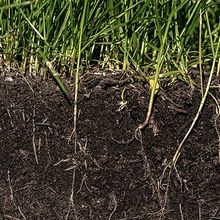
The Scientist Speaks - Rising From the Dead: How Antibiotic Resistance Genes Travel Between Current and Past Bacteria
Nele Haelterman, PhD | 1 min read
Heather Kittredge and Sarah Evans discuss the environmental conditions that facilitate natural transformation in bacteria’s native habitat.
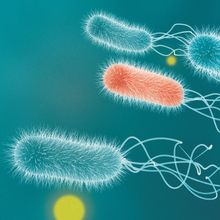
Cooperation and Cheating
Mariella Bodemeier Loayza Careaga, PhD | Jun 1, 2023 | 6 min read
Bacteria cooperate to benefit the collective, but cheaters can rig the system. How is the balance maintained?
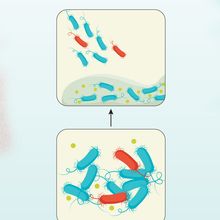
Infographic: Curbing the Cheaters
Mariella Bodemeier Loayza Careaga, PhD | Jun 1, 2023 | 1 min read
From spatial structuring to policing, cooperative bacteria have a wide toolkit to contain the spread of cheaters.
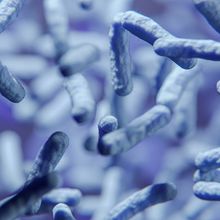
Getting Ahead of the Curve with Microbiological Assays
The Scientist’s Creative Services Team and Tecan | 1 min read
Versatile technology helps scientists streamline microbiology research.
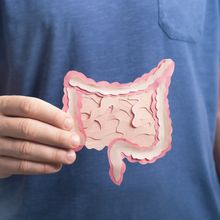
Gut Bacteria Contribute to Anorexia
Kamal Nahas, PhD | May 1, 2023 | 3 min read
Microbiomes transplanted from women with anorexia nervosa into mice enhanced symptoms of the eating disorder, such as rapid weight loss and reduced appetite.

Engineered Bacterial “Syringes” Can Deliver Drugs Into Human Cells
Rohini Subrahmanyam, PhD | Apr 20, 2023 | 4 min read
Researchers repurpose tiny bacterial injection systems to specifically inject a wide variety of proteins into human cells and living mice.
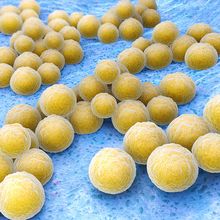
The Scientist Speaks - Virulence Meets Metabolism: The Unique Evolution of Staphylococcus aureus
Niki Spahich, PhD | 1 min read
Anthony Richardson discusses what makes Staph especially dangerous for people with diabetes.
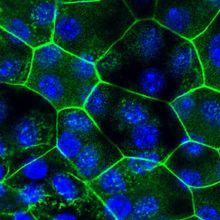
Bladder ‘Memory’ Influences Urinary Tract Infection Recurrence in Mice
Alejandra Manjarrez, PhD | Apr 12, 2023 | 3 min read
Urinary tract infections leave permanent epigenetic marks in the mouse bladder epithelium, reprogramming its response to subsequent infections, a study finds.
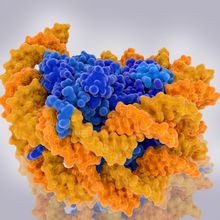
“Cryptic Transcription”: How Aging Cells Express Fragments of Genes
Kamal Nahas, PhD | Apr 6, 2023 | 4 min read
Aging cells with weakened gene regulation spuriously transcribe RNAs, but their impact on health and longevity still needs to be examined.
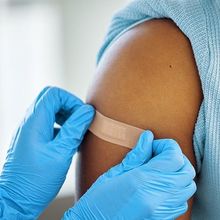
The Scientist Speaks - To Conserve and Protect: The Quest for Universal Vaccines
Niki Spahich, PhD | 1 min read
Patrick Wilson discusses the challenges in designing universal vaccines and his work developing one for influenza.
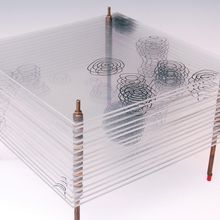
Crystal-Clear Penicillin, 1945
Brittany McWilliams | Apr 3, 2023 | 4 min read
Political activist and Nobel winner Dorothy Crowfoot Hodgkin pioneered X-ray crystallography to discover the molecular structures of penicillin and insulin.
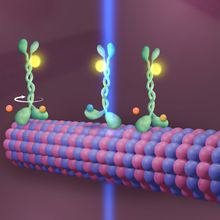
High-Resolution Microscope Watches Proteins Strut Their Stuff
Holly Barker, PhD | Mar 31, 2023 | 3 min read
Modification on a high-resolution fluorescent microscopy technique allow researchers to track the precise movements of motor proteins.
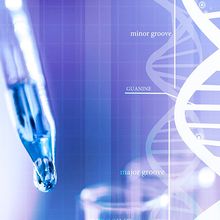
Viral Nucleic Acid Purification in a Single Spin
The Scientist’s Creative Services Team and MilliporeSigma | 3 min read
A simple nucleic acid extraction approach quickly purifies genomic viral RNA and DNA while minimizing cross-contamination risks.
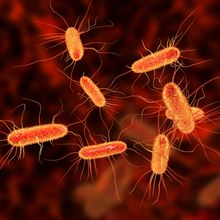
New Synthetic E. coli Is Immune to Bacteriophage Infection
Anna Napolitano, PhD | Mar 30, 2023 | 3 min read
Self-contained synthetic E. coli resistant to viral infection could prove invaluable to the biotechnology industry by increasing product consistency and reducing safety concerns.
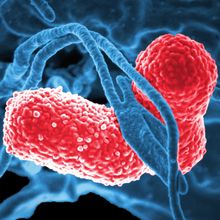
Gut Bacterium Linked to Depression in Premenopause
Alejandra Manjarrez, PhD | Mar 17, 2023 | 2 min read
The opportunistic pathogen Klebsiella aerogenes degrades estradiol and induces depressive-like behavior in mice, a study finds.
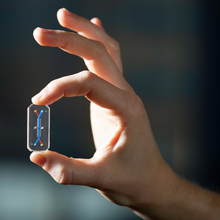
The Scientist Speaks - Preventing the Next Pandemic with Organ Chips
Nele Haelterman, PhD | 1 min read
Don Ingber discusses how organ-on-a-chip technology helps identify, study, and combat viral variants that could cause the next pandemic.
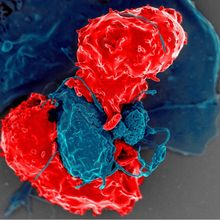
Gut Bacteria Help T Cells Heal Muscle: Study
Natalia Mesa, PhD | Mar 14, 2023 | 4 min read
Regulatory T cells in the colon travel to muscles to promote wound healing in mice, raising questions about how antibiotics may impact injury recovery.
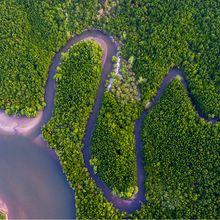
Garbage to Guts: The Slow-Churn of Plastic Waste
Iris Kulbatski, PhD | Mar 13, 2023 | 4 min read
The winding trail of environmental microplastics is leading researchers to the human digestive ecosystem.